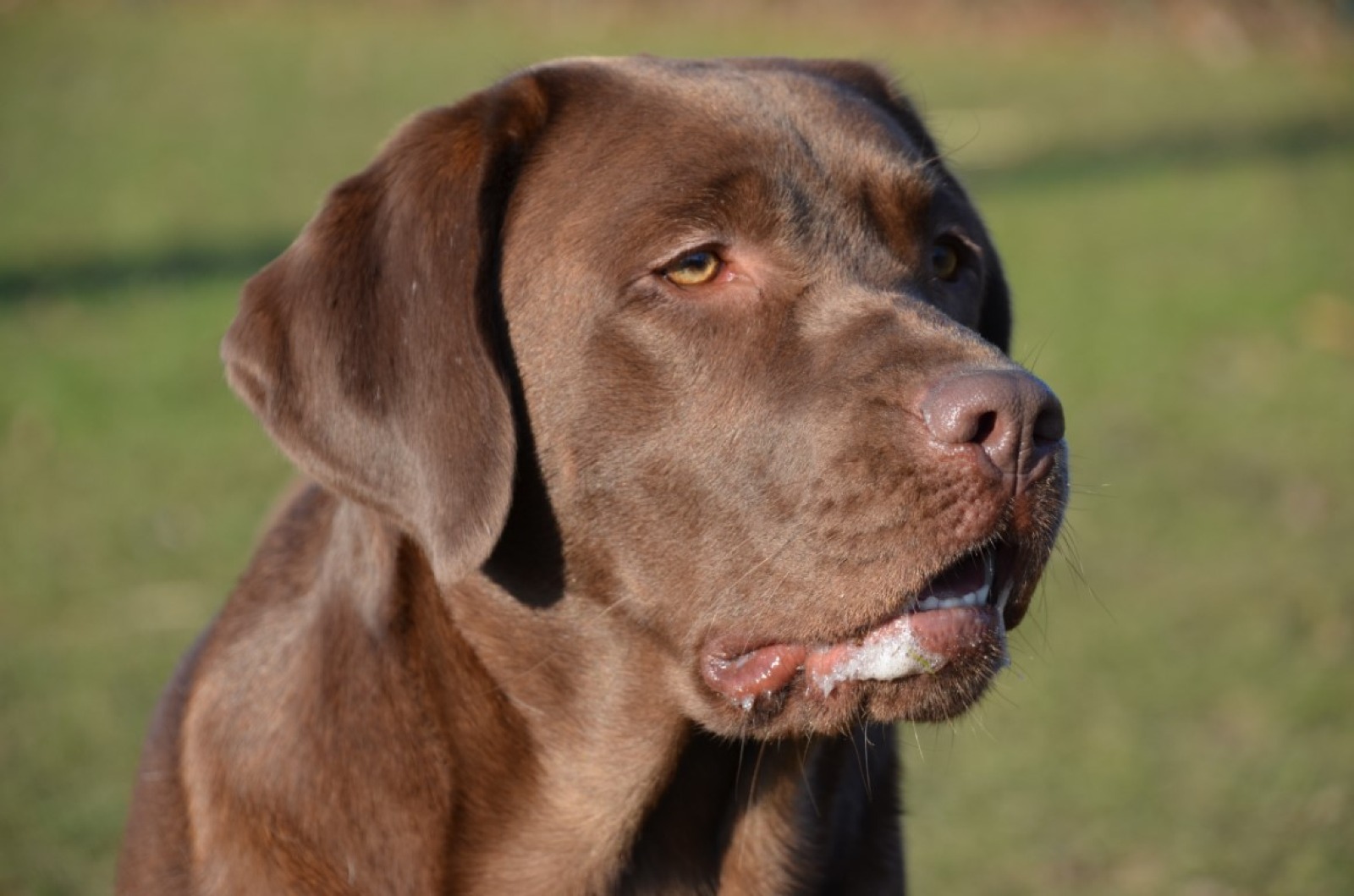Labrador Retriever
Labrador Retriever
Origin and History:
The Labrador Retriever, often simply called the Lab, is one of the most popular dog breeds in the world. This breed originated in Newfoundland, Canada, where it was initially known as the St. John's Dog or Lesser Newfoundland. In the early 19th century, the breed was brought to England, where it was refined and developed into the Labrador Retriever we know today. Labs were originally bred to assist fishermen by retrieving nets and fish, and they later became prized as hunting companions for their excellent retrieving abilities. The American Kennel Club (AKC) first recognized the breed in 1917.
Appearance:
Labrador Retrievers are medium to large-sized dogs with a sturdy and athletic build. Males typically stand between 22.5 to 24.5 inches tall and weigh between 65 to 80 pounds, while females are slightly smaller at 21.5 to 23.5 inches tall and weigh between 55 to 70 pounds. They have a short, dense double coat that is water-resistant, which comes in three standard colors: black, yellow, and chocolate. Labs have a broad head, expressive eyes, and a distinctive "otter" tail that is thick at the base and tapers to a point.
Temperament:
Labrador Retrievers are known for their friendly, outgoing, and affectionate nature. They are highly social dogs that thrive on human interaction and are excellent with children and other pets. Labs are intelligent and eager to please, making them highly trainable and versatile in various roles, including service dogs, therapy dogs, and search and rescue dogs. They have a high energy level and require regular exercise to stay happy and healthy.
Health:
Labrador Retrievers are generally healthy dogs, but they can be prone to certain health issues. Common concerns include hip and elbow dysplasia, progressive retinal atrophy (PRA), and obesity. Regular veterinary check-ups, a balanced diet, and proper exercise can help maintain their health and well-being.
Exercise and Training:
This breed requires a significant amount of exercise to stay healthy and happy. Labs thrive in environments where they can engage in vigorous physical activities such as running, swimming, and playing fetch. Training should be consistent and positive, as these dogs are intelligent and respond well to reward-based methods. Early socialization and obedience training are essential to ensure they grow into well-mannered adults.
Grooming:
The Labrador Retriever's short coat is relatively low-maintenance. Regular brushing helps keep their coat clean and reduces shedding. During shedding seasons, more frequent grooming may be necessary. Bathing should be done as needed, depending on the dog's activity level and environment.
Living Conditions:
Labrador Retrievers are adaptable and can live in various environments, from apartments to houses with yards. However, they do best in homes where they can be part of the family and receive plenty of attention and exercise. They are well-suited to both cold and warm climates, thanks to their dense coats.
Lifespan:
The average lifespan of a Labrador Retriever is around 10 to 12 years.
Conclusion:
The Labrador Retriever is a versatile and beloved breed that makes a wonderful companion for families and individuals alike. With their friendly nature, intelligence, and high energy levels, Labs are sure to bring joy and companionship to any home that can meet their exercise and training needs.
: The Spruce Pets
: American Kennel Club
: DogTime




